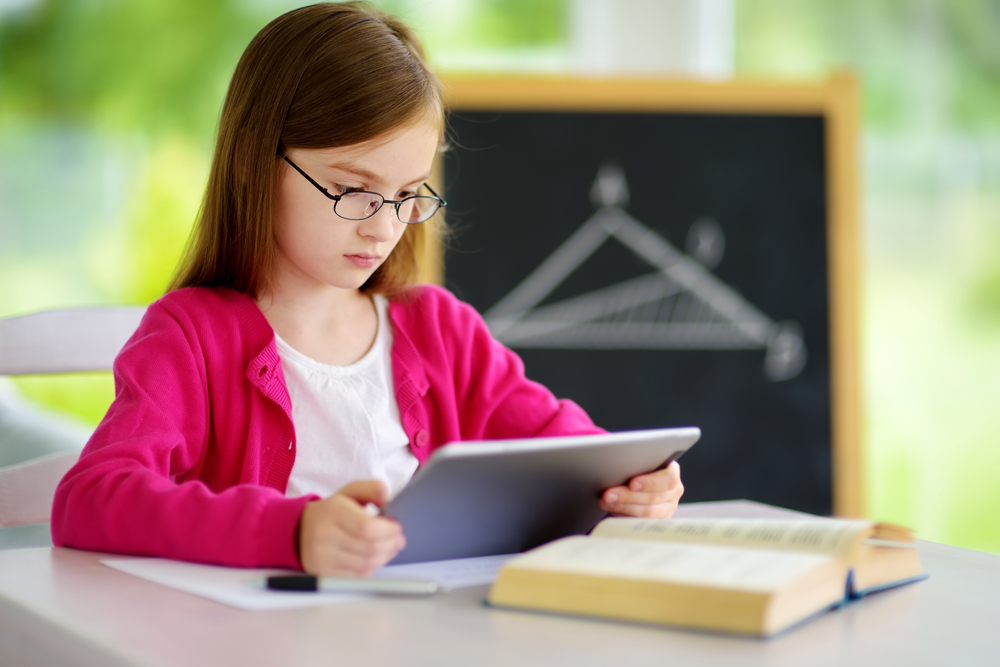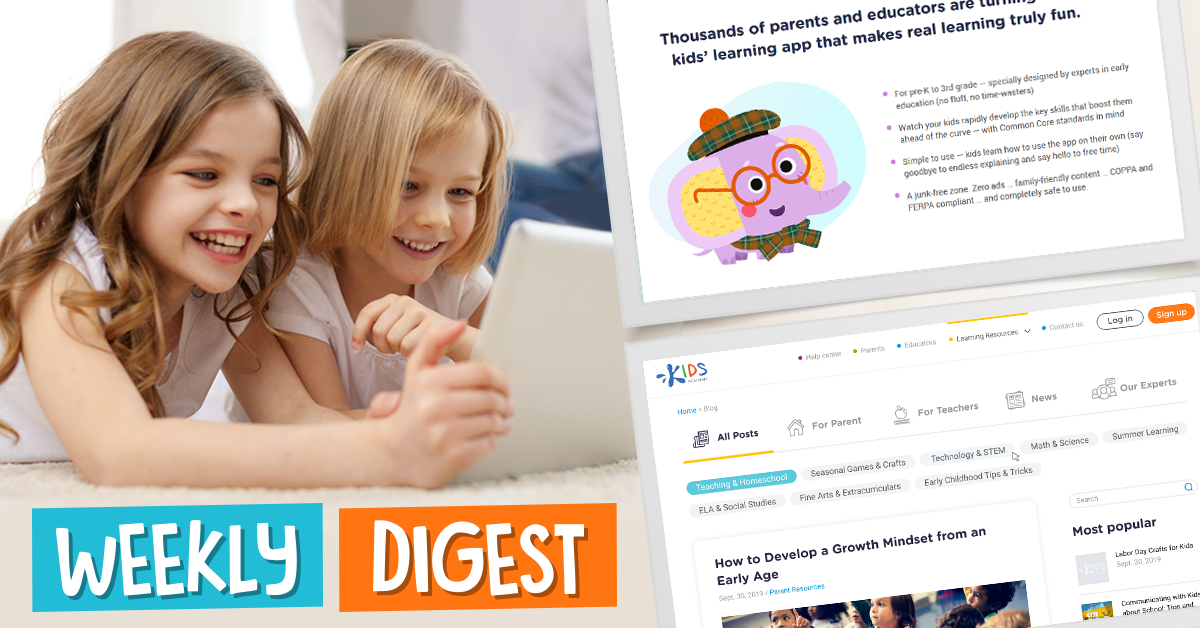Emotional recognition Worksheets for Kids
3 filtered results
-
From - To
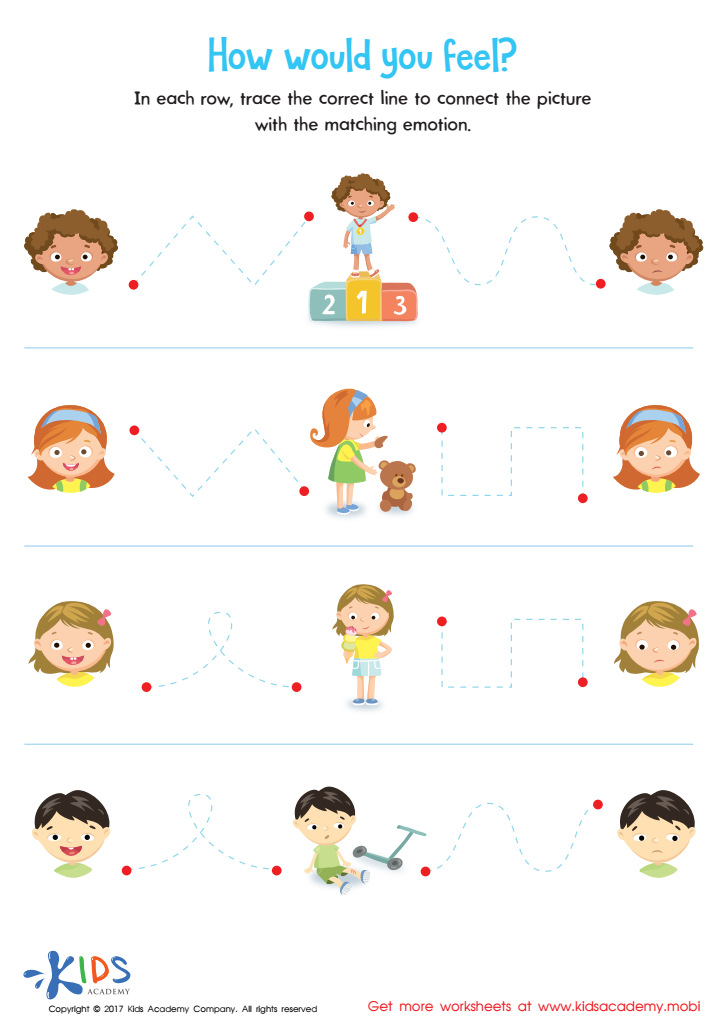

Feelings and Emotions Worksheet
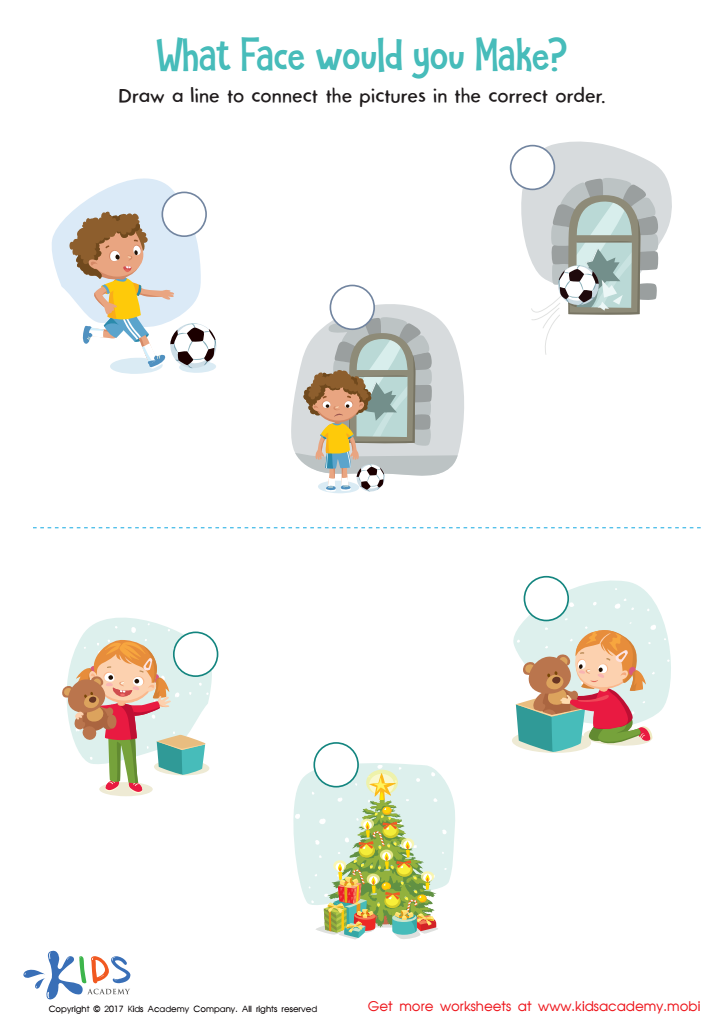

Understanding Emotions Worksheet
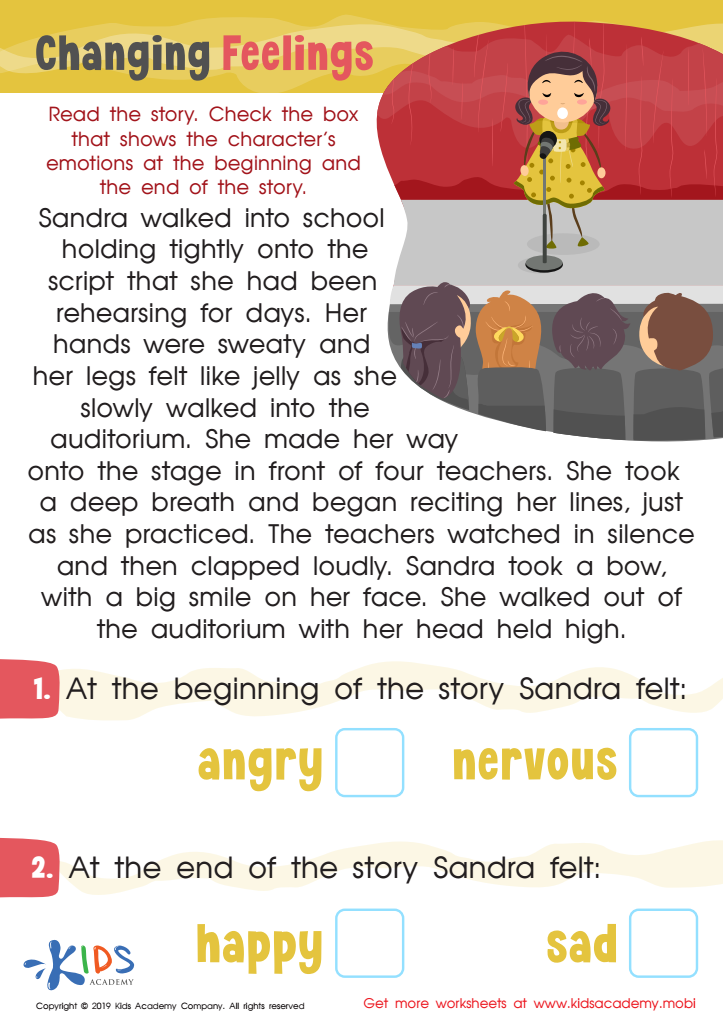

Changing Feelings Worksheet
Question/Answer
What does the Emotional recognition skill mean when it comes to Kindergarten Community learning?
Emotional recognition skill in Kindergarten Community learning refers to the ability of young children to identify and understand both their own emotions and those of others around them. This foundational skill is crucial for developing empathy, enhancing communication, and fostering positive relationships, which are essential for creating a supportive and collaborative learning environment in early education settings.
What are some effective activities to train students’ Emotional recognition skill when teaching them about Community?
Effective activities to train students' emotional recognition skill in the context of community include role-playing various community scenarios, storytelling with emotional cues that require interpretation, interactive games that involve identifying emotions in others (e.g., emotion charades), and group discussions analyzing characters' feelings and reactions in community-based stories or situations, fostering empathy and understanding within diverse community settings.
How to train the Emotional recognition skill in Kindergarten students learning about Community?
To train emotional recognition in kindergarten students learning about community, integrate activities like role-playing, using emotion cards, and storytelling that emphasize identifying and expressing feelings. Encourage discussions about characters' emotions in stories or situations relevant to community helpers and neighbors.
 Assign to the classroom
Assign to the classroom


